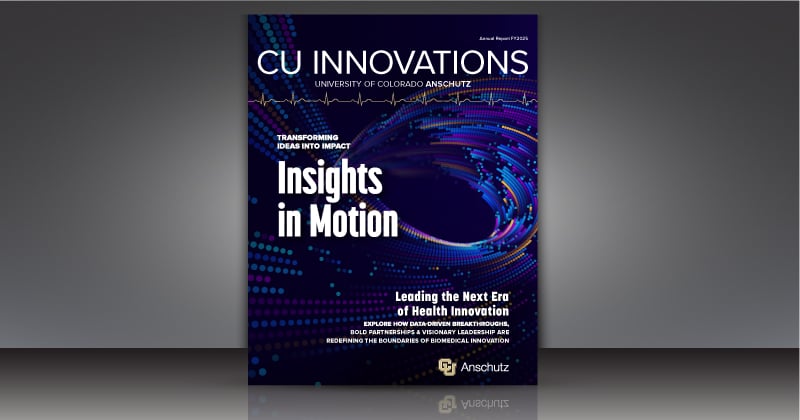Migraine fixes touted by TikTok and other social media channels aren’t always the miracles they claim them to be. From tight-fitting headbands to eye-massaging headsets, many of the “miracle cures” have little to no scientific research backing them up, said Danielle Wilhour, MD, assistant professor of neurology at the University of Colorado School of Medicine.
Migraines affect more than 12% of people worldwide, which explains the prevalence of treatment and prevention devices advertised on social media. “Most of the devices that are on TikTok do not have any large-scale studies, but they may have anecdotal support,” Wilhour said.
Wilhour does not underestimate the placebo effect, or that certain devices can help certain patients. Migraines affect individuals differently, striking in various locations in the head and presenting with other disabling symptoms. But before spending money on a TikTok-touted device, Wilhour said:
“I always tell patients if it sounds too good to be true, it probably is.”
If they work and don’t break the bank? Go for it
If devices are not cost-prohibitive and patients find they help, Wilhour doesn’t see the harm in trying products. For instance, many of her patients like cold caps. “I do recommend them if people are interested. Studies show that they can provide short-term relief, though their long-term benefits need more data.”
Another common product advertised on TikTok is an eye-massaging headset that includes heat, pressure and massage. Wilhour has not seen data backing the product’s efficacy but said she would imagine that it could be beneficial for people who have pain around their eyes, temples or foreheads. “It could help some individuals, especially if they find massaging these areas helpful,” she said.
“However, some patients have heightened sensitivity to stimuli (called allodynia), and these types of devices may be painful for them. I would not recommend these to those individuals, especially if they have difficulty touching their face, brushing their hair, etc.,” she said.
A pain-reducing, phone-controlled armband
For patients who want devices backed by empirical evidence, Wilhour mentions two products. One consists of an armband controlled via a smartphone app. The neuromodulation device stimulates nerves that carry pain messages to the pain regulation centers of the brain stem. “This ultimately leads to the release of neurotransmitters, such as serotonin and norepinephrine, Wilhour said, adding that there is safety data for pregnant women.
In 2019, the device was approved by the U.S. Food and Drug Administration (FDA) for migraine treatment at the onset of an attack. More recently, it was approved for migraine prevention. “You can use it every other day to prevent migraines,” Wilhour said. Most insurances do not cover the device at this time, so patients must pay out of pocket for this treatment, Wilhour said. “Hopefully, in the future, more insurances will see it as an active and actual treatment option, in addition to the medications.”
Nerve stimulator adds to the migraine toolbox
The second device that has been FDA approved since 2014 attaches to patients’ foreheads via a sticky pad and then the device attaches to the sticky pad through a magnet. It is an External Trigeminal Nerve Stimulation device that sends electrical impulses to the trigeminal nerve to reduce the frequency and intensity of migraine headaches.
“You can run it up to an hour at the onset of a migraine or you can use it for 20 minutes at night before bed to help prevent migraines,” Wilhour said. “Generally, I like it best for people who have pain in the front part of their head or their temples or behind their eyes,” Wilhour said. The device costs between $350 and $450 and is fully covered by the VA healthcare benefits.
For most people, the migraine devices can be another tool in their toolbox, Wilhour said. “For a minority, they can help fix or prevent their migraines altogether, but many people still need other treatment modalities as well. What I'm looking for to recommend a product is a 50% reduction in migraine frequency and effective pain treatment within two hours of onset of the migraine.”
-1.jpg)



